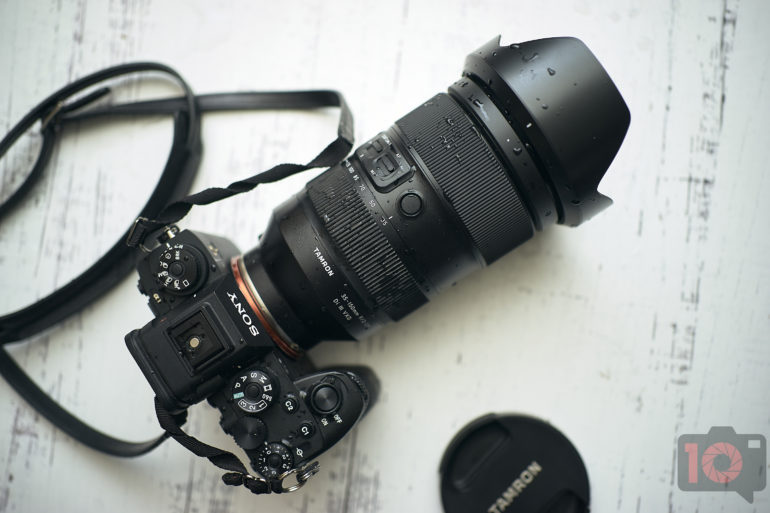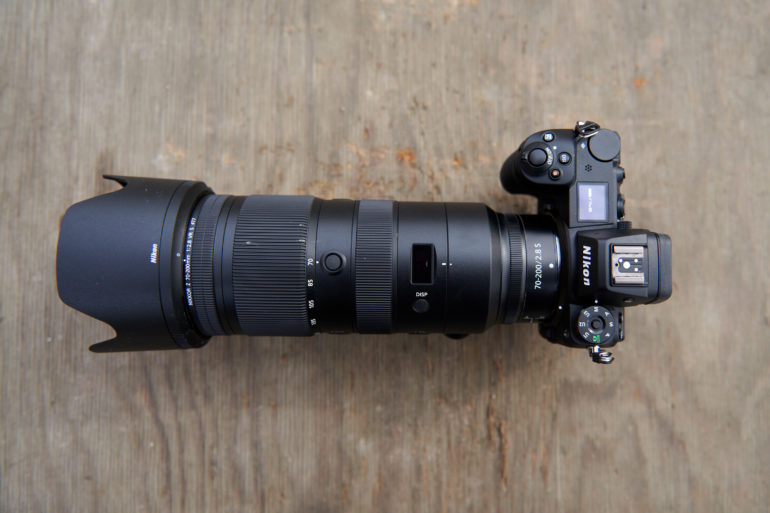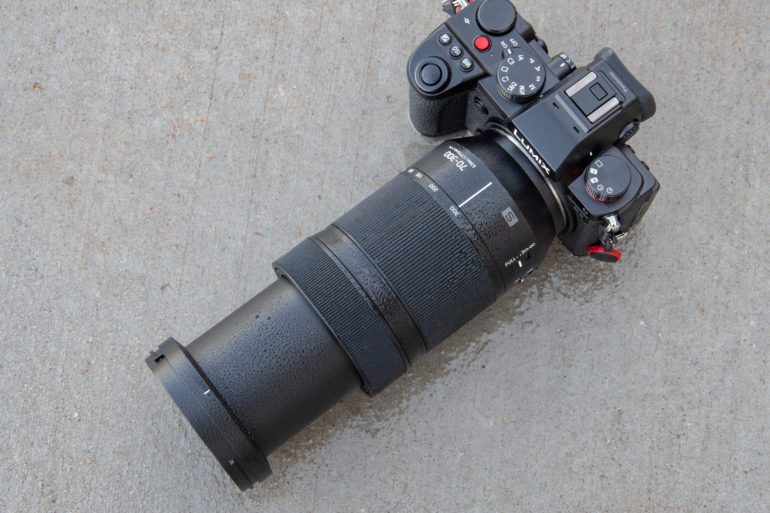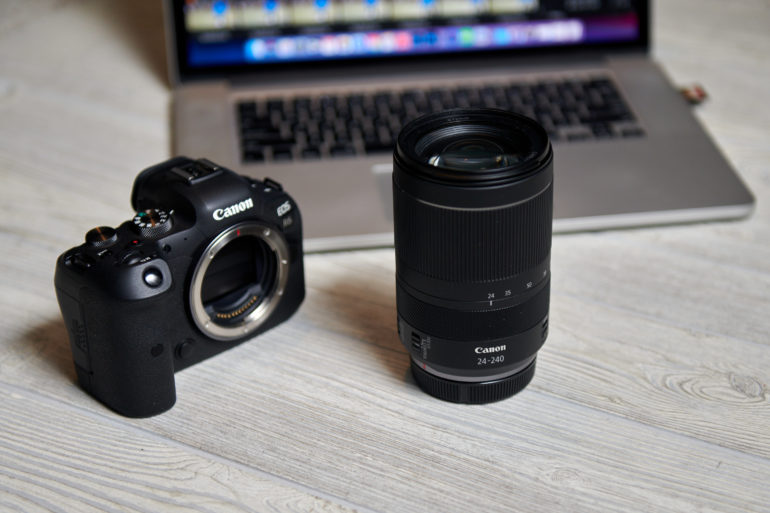
Zoom lenses are important for many genres of users. Whether you are into architecture, portraiture, weddings, events, or wildlife photography, a zoom lens can allow you to get closer to a scene and get the details that you need. Today, we decided to look at some of the best options launched in 2021, which may seem old, but aren’t that far away. They will cost less, and they certainly are of the best quality. Here’s a quick look at ur favourites.
Leica 24-70mm f2.8 SL
The Leica 24-70mm is designed for the SL series cameras. The lens features 19 elements in 15 groups, including 3 aspherical elements and 11 aperture blades. The optics features IP-rated water resistance, has an 88mm diameter, weighs 906g, and has a minimum focusing distance of 18cm. Some of the things it is good at are lightweight, fast focusing, good colors, and versatility. As we said in our review, “So why would you buy the Leica 24-70mm f2.8 SL? You’re getting the best of many worlds. The autofocus is very reliable and usable for photojournalistic situations.”
Tamron 35-150mm f2-2.8 Di III VXD

The Tamron 35-150mm f2-2.8 is perfect for Sony users. It has a 9-rounded aperture, 21 elements in 15 groups, including 3 aspherical elements and 4 Low Dispersion elements, and an 82-mm filter thread. Other features include a magnification ratio of 1:5.7 on the 35mm and 1:5.9 on the 150mm, as well as a minimum object diameter of 13 inches wide and 33.5 inches on the telephoto side. This is also the world’s first lens with a USB port built into the lens directly. The pros include beautiful image quality, the autofocus works perfectly with Sony cameras, the weather sealing is great, and it is built very well. This lens is perfect for portraits, events, landscapes, photojournalism, and more.
Nikon 70-200mm F2.8 VR S

The Nikon 70-200mm f2.8 VR S is one of the zoom lenses that features 21 elements in 18 groups, a 9-bladed diaphragm, and a 0.2x reproduction ratio. It also has 6 ED glass elements, an STM stepping motor, and a minimum focusing distance of 1.64ft at the wide angle and 3.28ft at the telephoto end. The lens offers excellent bokeh, color, sharpness, and character. It has great controls, a good info panel, great autofocus, is weather sealed, and has great stabilisation. As we said in our review, “I wouldn’t hesitate to use this lens for portraits, weddings (excluding a dark dance floor, which the Z bodies don’t yet do well), or not-so-distant wildlife. I don’t yet recommend the Z bodies for sports, but this lens will still grab some good keepers with fast action.”
Panasonic 70-300mm Lumix S f4.5-5.6 Macro OIS

The Panasonic zoom lens is designed for full-frame cameras and uses 17 elements in 11 groups, including 2 ED, 1 UED, and 1 UHR element. It also has 0.5x magnification at 300mm, 5.5 stops of image stabilization, and an 11-bladed aperture design. The lens is lightweight, easy to use, has sharpness and offers great colors, autofocus, and has a fun ‘macro’ mode. As we said in the review, “The Panasonic 70-300mm f4.5-5.6 is a solid option for L mount users who want or need a capable telephoto lens for wildlife, birding, landscapes, outdoor sports, and more.”
The One to Avoid: Canon RF 24-240mm

The Canon RF is a 5x zoom lens and features a minimum focal distance of 1.64ft at the wide angle and 2.56ft at the telephoto end. There are 21 elements in 15 groups, including 1 aspherical lens, 2 UD lenses, and 7 aperture blades, along with 5 stops of image stabilisation. While there is versatility and ease of use, the lens certainly has serious barrel distortion, aberration, and vignetting. In addition, you get soft edges, a slower autofocus, and a lack of weather sealing. As we said in our review, “If image quality is paramount and you are working with a pro-level RF body, save some more cash and opt for something like the Canon RF 70-200mm f4 IS USM L instead.”







